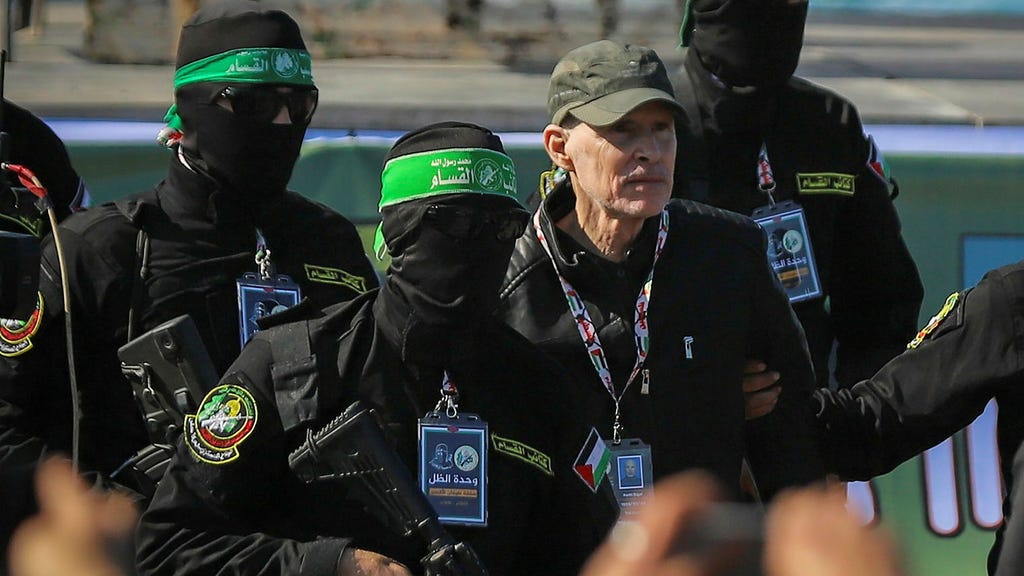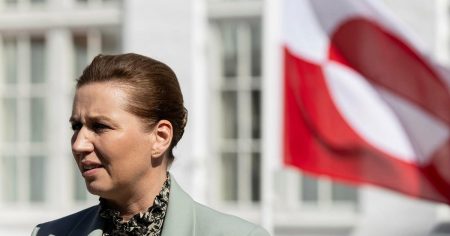The scene unfolded in Khan Yunis and Gaza City on a Saturday morning. Red Cross personnel were present as a long line of armed, masked men, flanked by green Palestinian flags, stood before a crowd of onlookers and journalists. A stage-like structure had been erected, and one by one, three Israeli hostages were led onto it, marking a significant moment in the ongoing conflict between Hamas and Israel.
These three men, Keith Siegel, a 65-year-old American-Israeli kidnapped from his home in Kibbutz Kfar Azza; Ofer Kalderon, a 54-year-old Argentine-Israeli; and Yarden Bibas, a 35-year-old French-Israeli, had been abducted from their homes in Kibbutz Nir Oz and Kfar Azza. Their release, after 483 days of captivity, was part of a complex hostage exchange agreement brokered by the United States and Egypt. Intriguingly, the men were released at different locations, Siegel in Gaza City and the other two in Khan Yunis, the reasons for which remain undisclosed.
News of the release sparked international reactions. French President Emmanuel Macron took to X (formerly Twitter), expressing his relief and joy at Ofer Kalderon’s freedom, emphasizing the ”unimaginable hell” he had endured. However, Macron’s message also highlighted the ongoing plight of another French citizen, Ohad Yahalomi, still held captive by Hamas. He pledged France’s unwavering commitment to securing Yahalomi’s immediate release.
This release marked the fourth phase of the negotiated agreement between Hamas and Israel. Prior to this, Siegel’s wife and Kalderon’s two children had been released, fulfilling part of the initial agreement which stipulated the release of women, children, and individuals over 50 in the first stage. Yarden Bibas’s release, however, was the outcome of separate negotiations, raising contentious questions. His wife and young sons remain unaccounted for in Gaza. While Hamas claims they were killed in an Israeli airstrike, their fate remains uncertain, fueling speculation and debate.
The exchange agreement involved a phased release of hostages. The earlier releases occurred on the previous Sunday and Monday, the Saturday before that, and the preceding Thursday. The agreement dictates the release of a total of 33 Israelis in exchange for 30 to 50 Palestinian prisoners for each hostage released by Hamas. The complexities of the negotiations and the differing circumstances surrounding each individual’s release underscore the fragile nature of the truce and the difficult path towards a more lasting peace.
This ongoing hostage situation brings to light the human cost of the Israeli-Palestinian conflict. The prolonged captivity, the uncertainty surrounding the fate of those still held, and the intricate negotiations required for their release highlight the deep-seated tensions and the challenges in achieving a lasting resolution. While each release brings a glimmer of hope for the families involved, the situation remains precarious, with the fate of remaining hostages hanging in the balance. The international community continues to monitor the situation closely, urging all parties to prioritize the safety and well-being of those held captive and to work towards a peaceful resolution.














